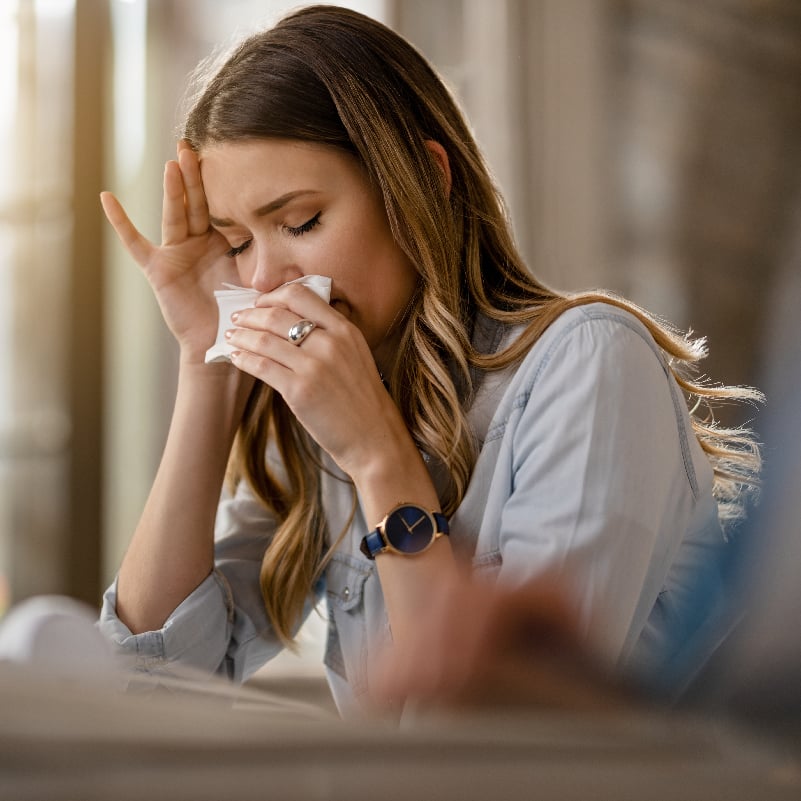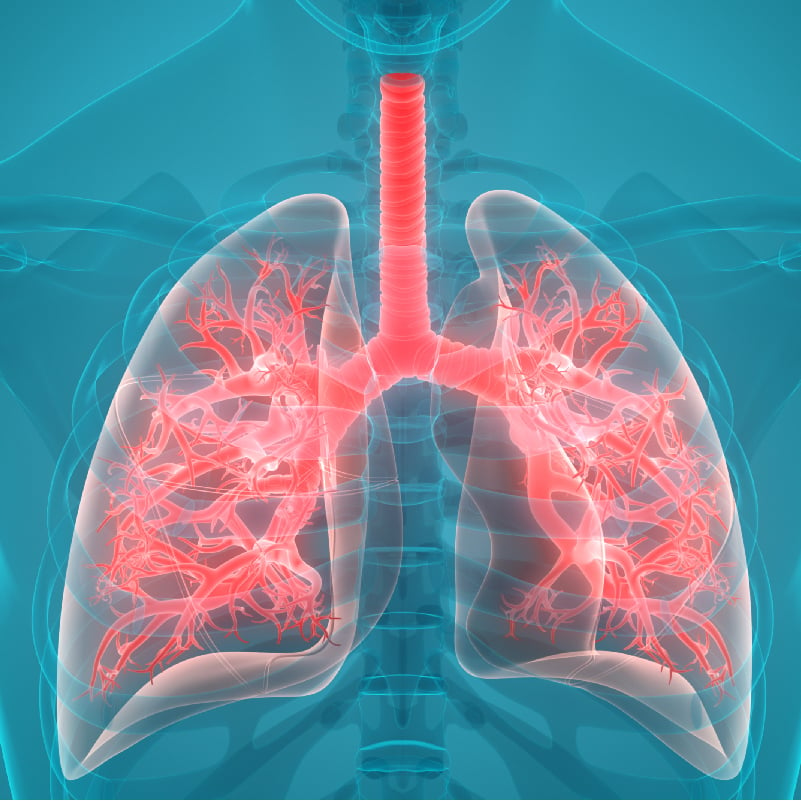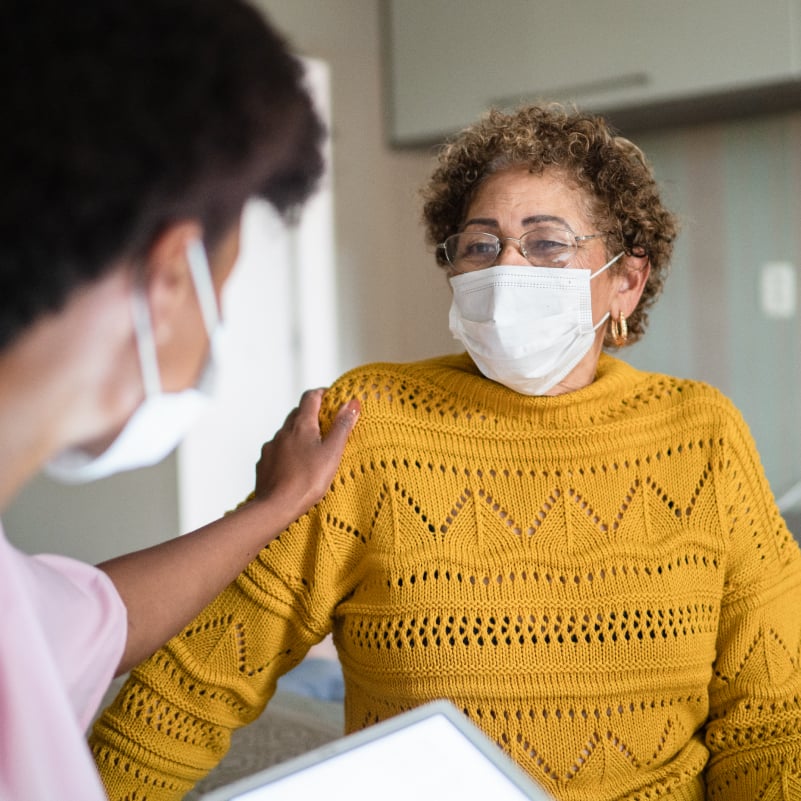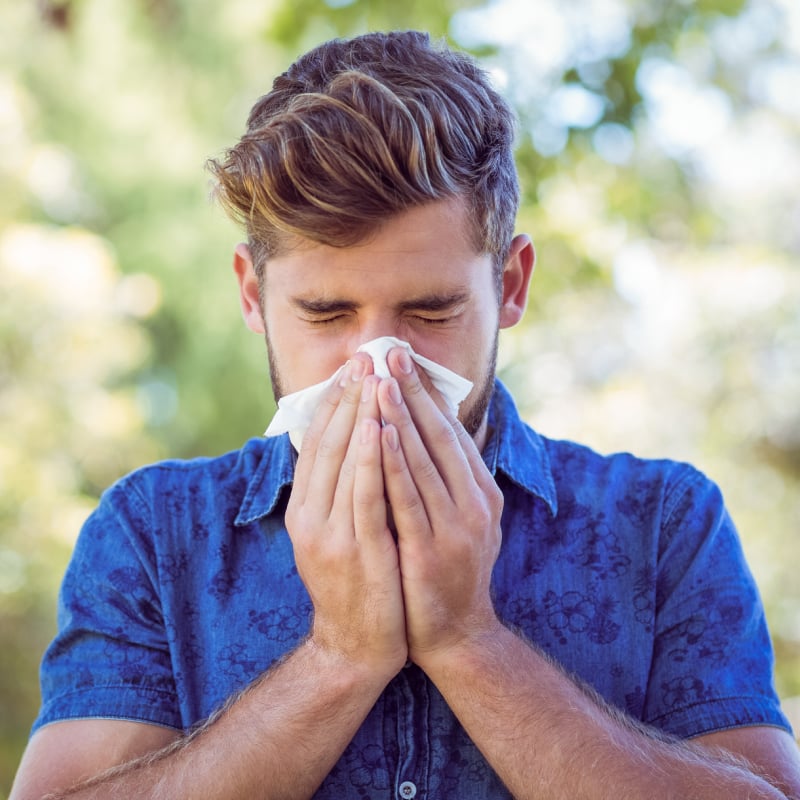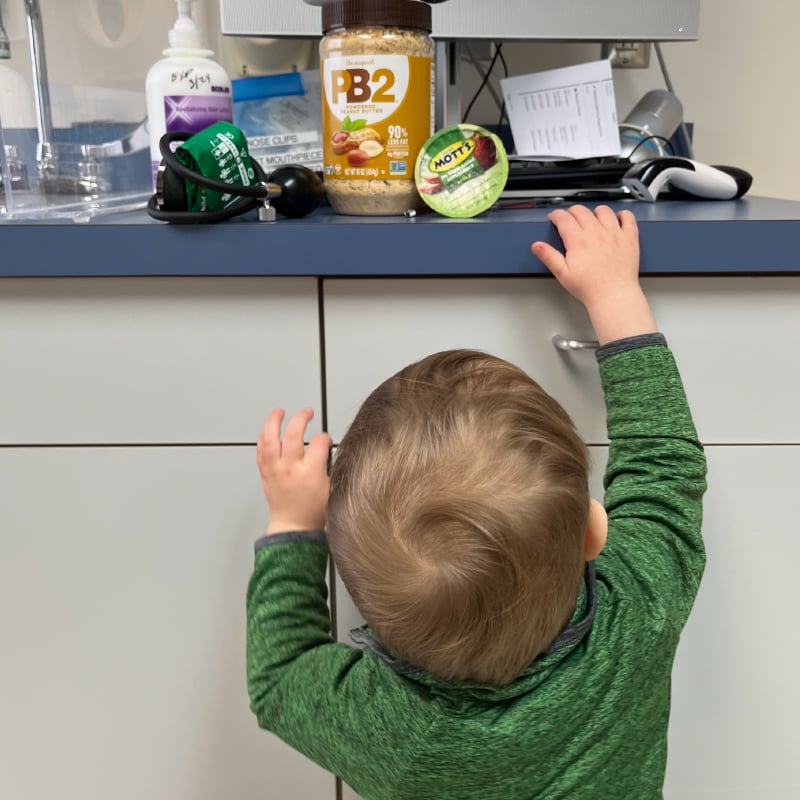As temperatures start to warm up and the flowers begin to bloom, people are starting to emerge from their houses more often. These first days of spring often mean spring cleaning starts to pick up.
Spring cleaning often means getting rid of clutter and a good, deep clean of those parts of your home that haven’t received care in a long time. Before you take out the cleaning cloths or mop and dustpan, it might be a good idea to check your cleaning products – or look more closely at any new ones you might be considering.
How to read labels on cleaning products
Knowing what is in the products you are using can be helpful in avoiding irritating or damaging your lungs. Before you buy cleaning supplies or household products, be sure to read the labels.
The American Lung Association recommends choosing products with little or no amounts of:
- flammable ingredients
- fragrances
- irritants
These are some of the other ingredients that you should be aware of when reading labels.
Acids
Ranging from mild to very strong, acids help to dissolve stains and build-up on various surfaces. Acids such as acetic and citrus are safe to use and aren’t toxic to people. Stronger acids like hydrochloric, oxalic, or sulfuric acids are found in concrete and toilet bowl cleaners, so be more cautious with these.
Alkalis
Products with alkalis are often used to break up grease. Ammonia and borax are two of the most well-known alkali chemicals; ammonia should never be mixed with bleach. When combined, the resulting gas (chloramine) can cause serious damage to the lungs. Oven cleaners have very strong alkalis and can lead to chemical burns on the skin if not handled properly.
Bleach
Using bleach or bleach-containing products is common for tasks like disinfecting, removing stains, and mold control. Some products don’t list bleach as an ingredient, instead using more chemical-based names such as calcium hypochlorite, hydrogen peroxide, sodium carbonate peroxide, or sodium hypochlorite. Fumes from chlorine bleach can irritate the lungs and eyes, so keep it covered.
Hydrocarbons
Used in many polishes and waxes, hydrocarbons such as mineral oil are often used for shining up furniture or floors. The biggest risk for these chemicals come if they are swallowed; hydrocarbons can easily be breathed into the lungs and cause serious health problems.
Precautions to take while cleaning
Ventilate your room: Keeping a constant flow of fresh air is key to helping your lungs stay healthy. When possible, open windows and doors and avoid using chemicals in a small, confined space.
Don’t mix products: Mixing multiple cleaning products can be dangerous. When bleach and ammonia are combined, the gases created can cause chronic breathing problems or even kill someone.
Wear protection: Consider using an N95 mask can protect against the effects of any fumes. Eye protection keeps any liquids from splashing into your eyes, and heavy duty rubber gloves protect your skin from any damage.
Go natural: Water and vinegar can go a long way in cleaning surfaces without using harsh chemicals. Products with the Safer Choice label mean the EPA recognizes the product contains ingredients that are safer for both people and the environment.


